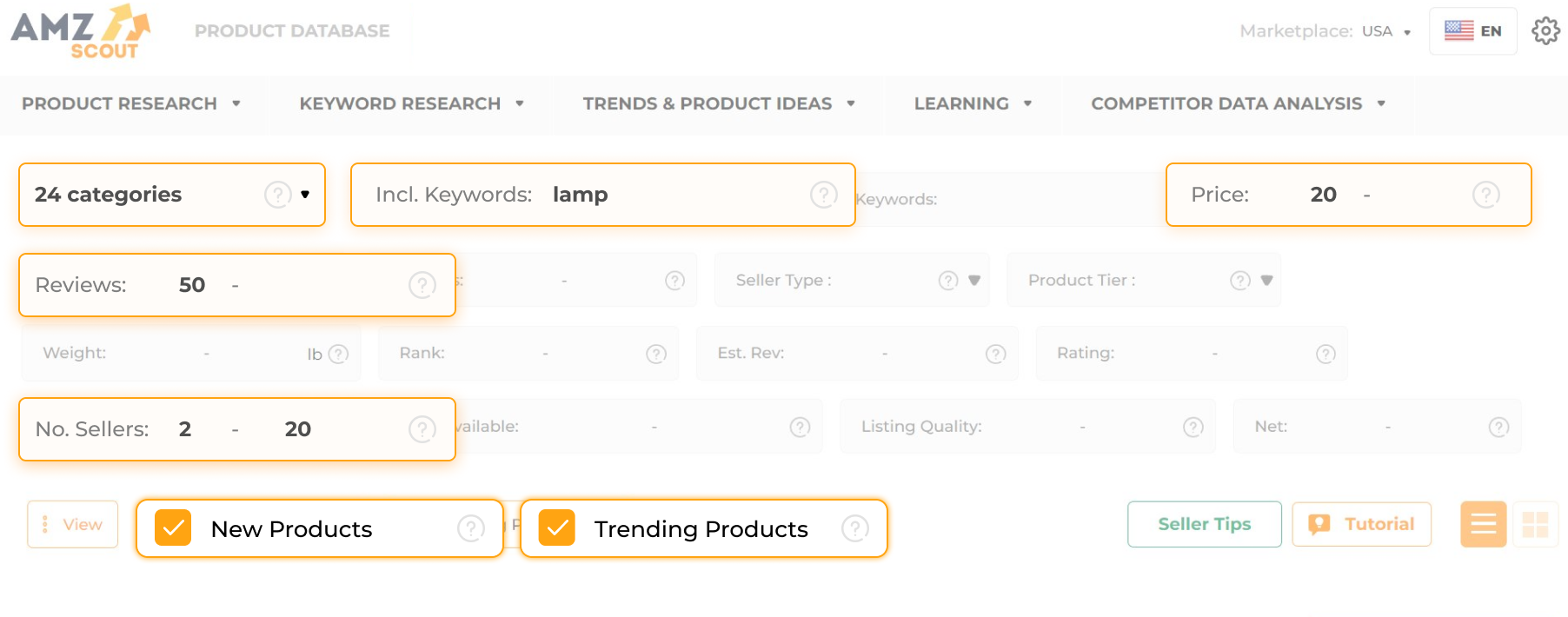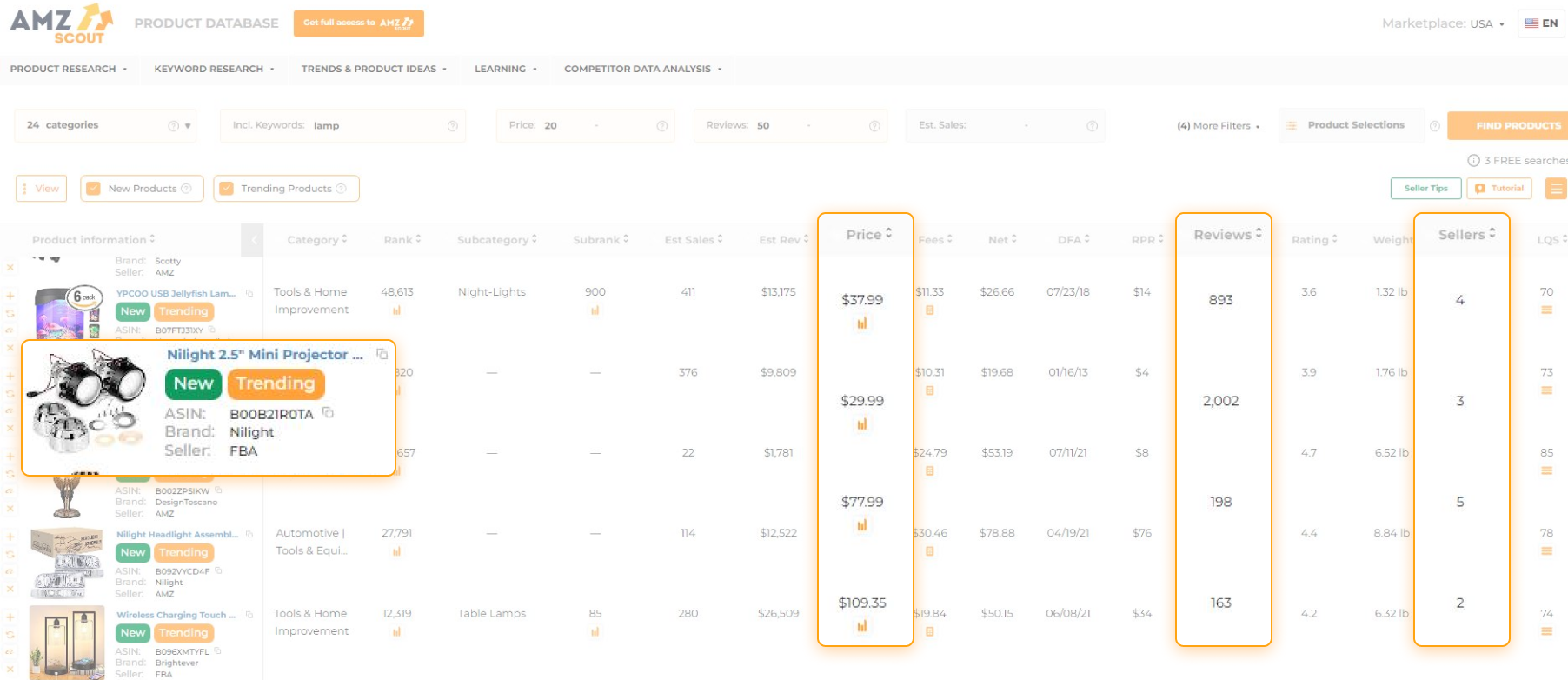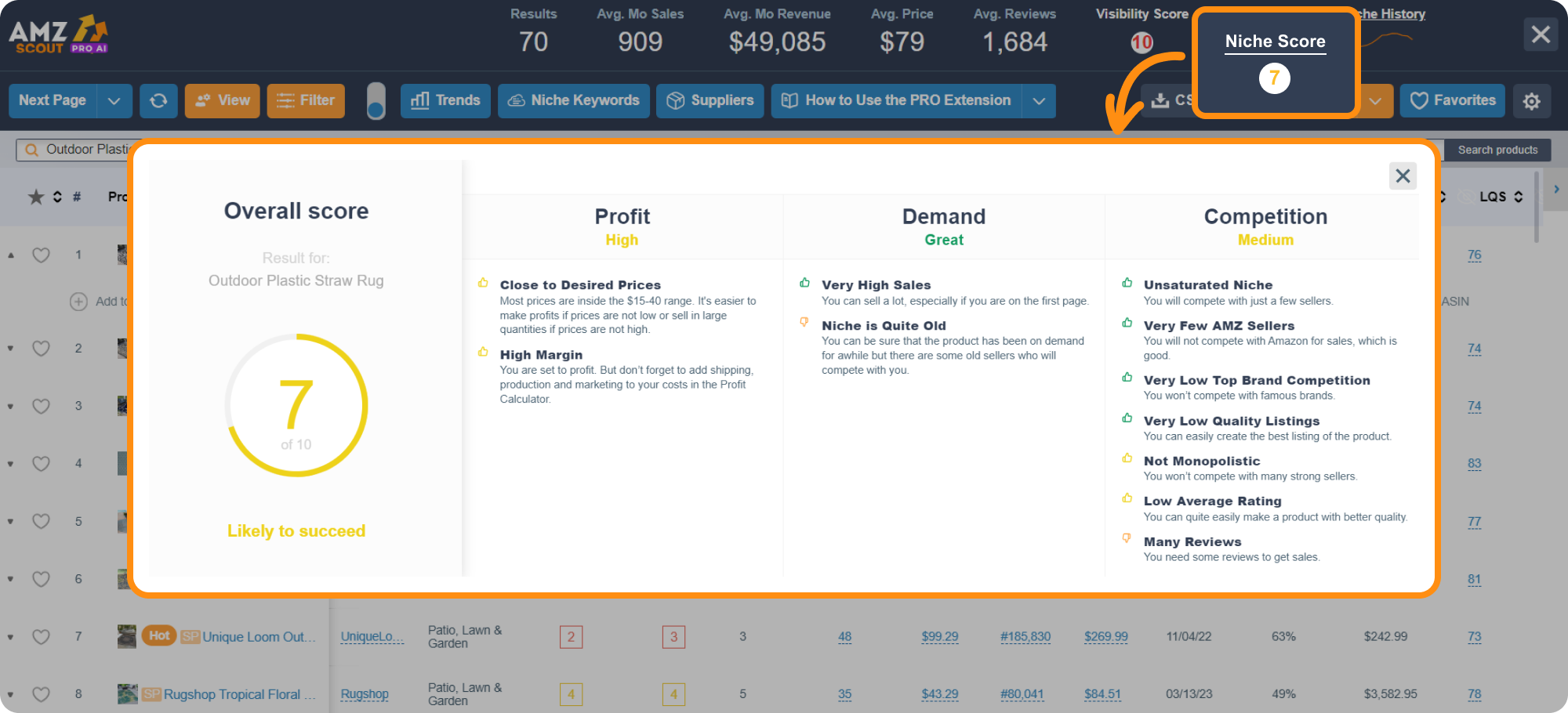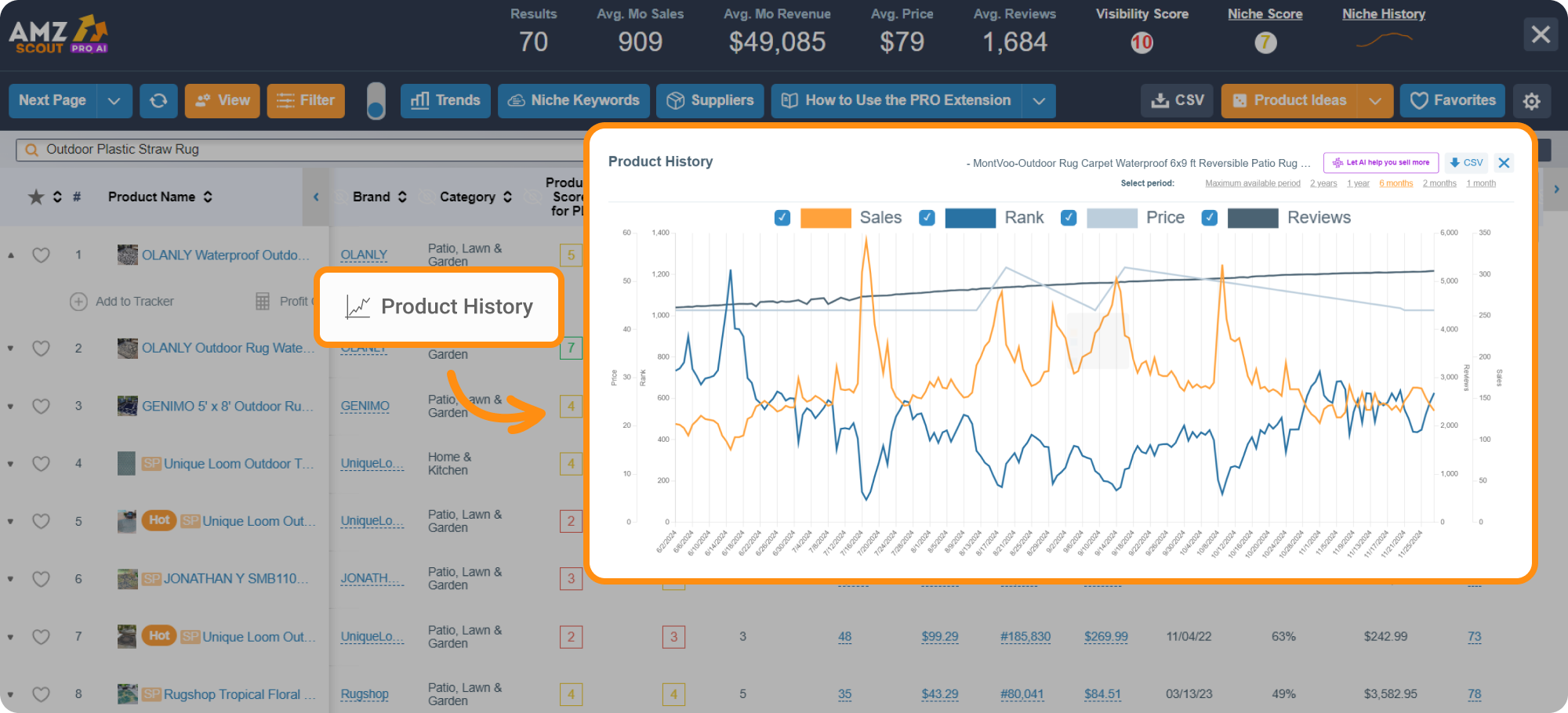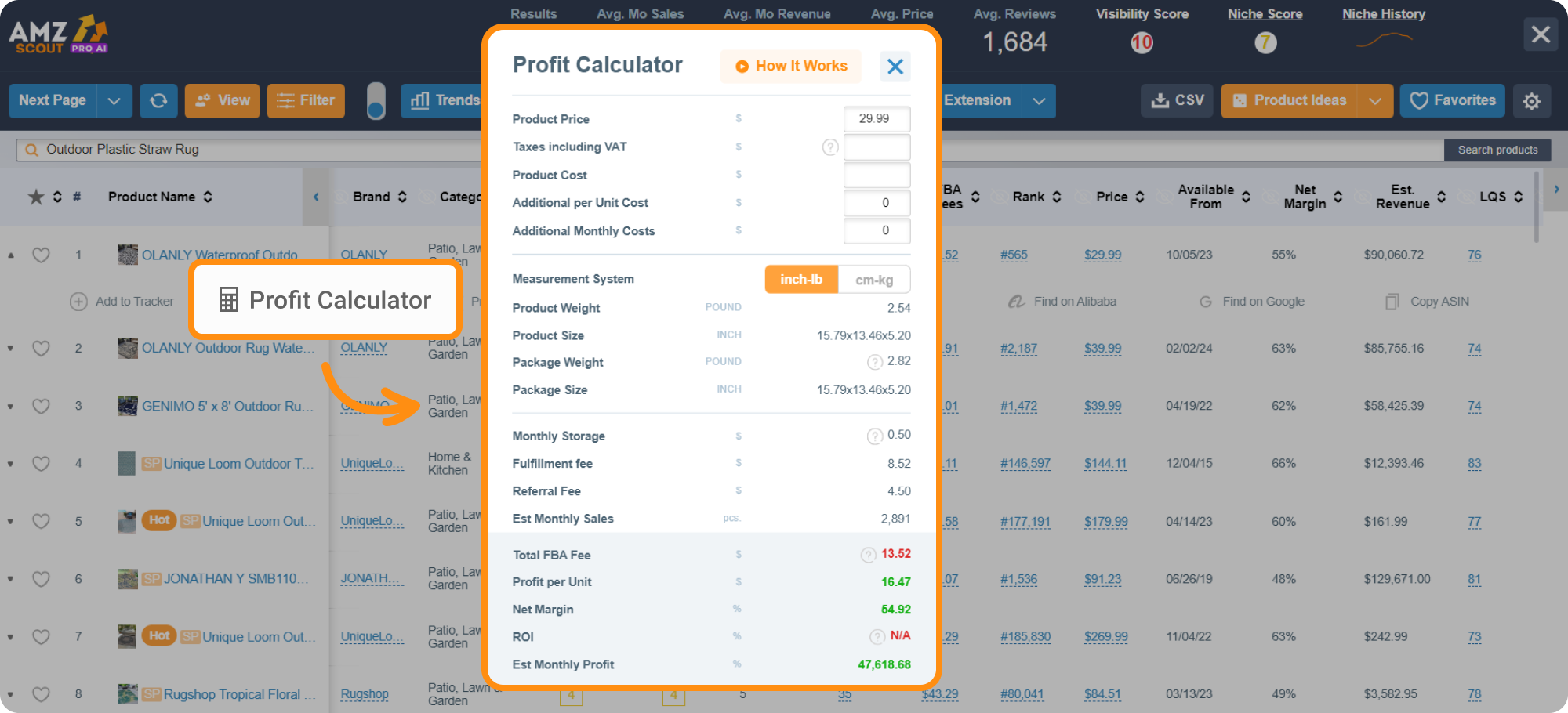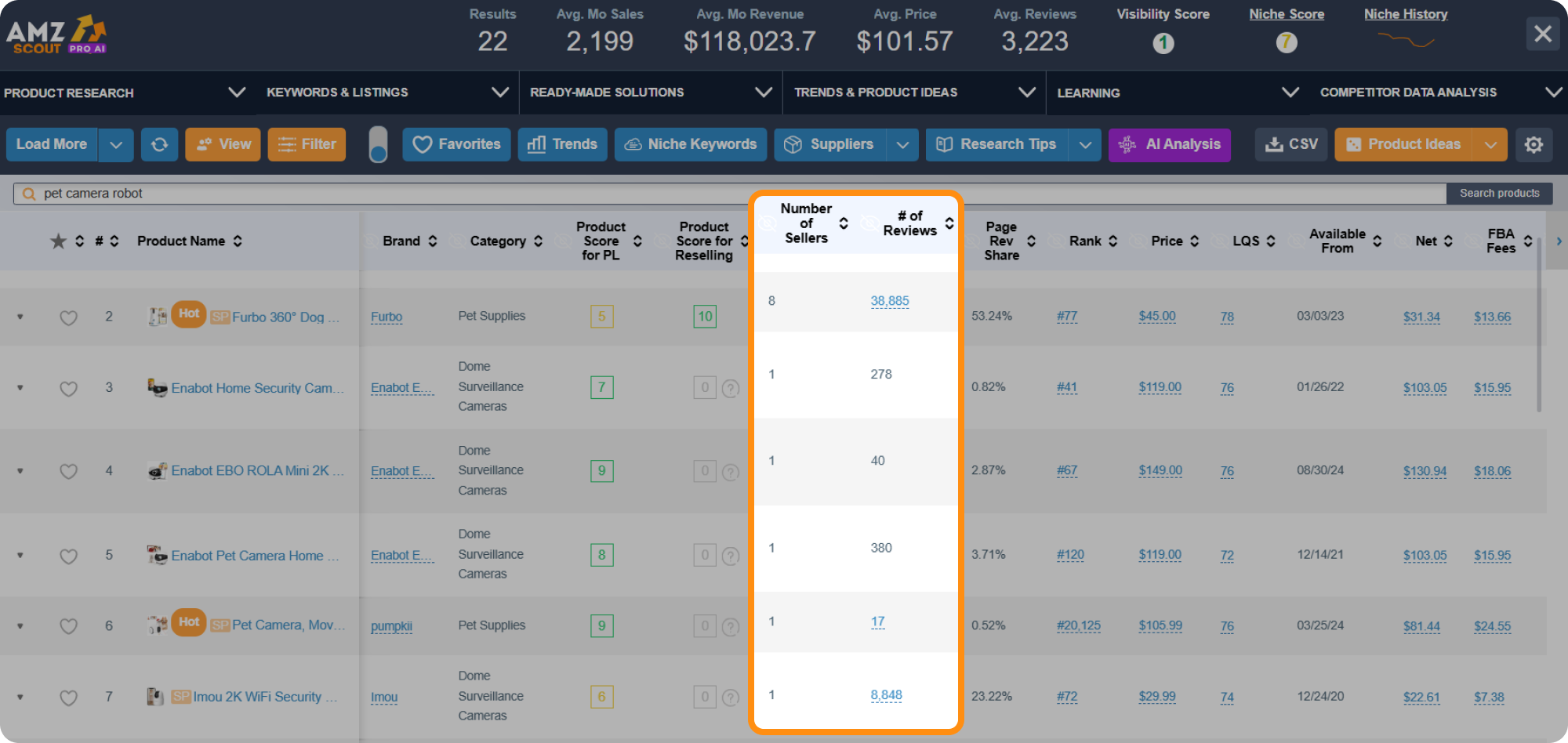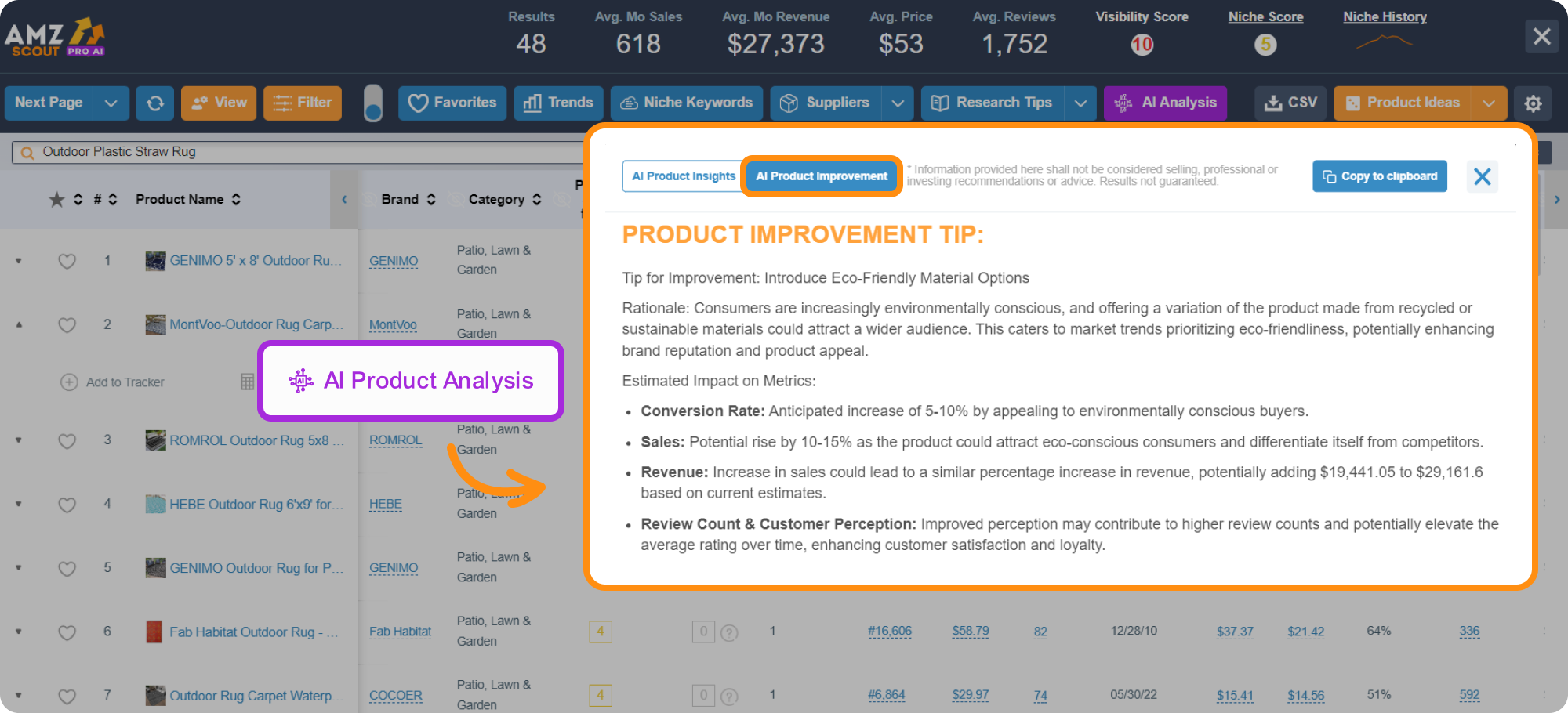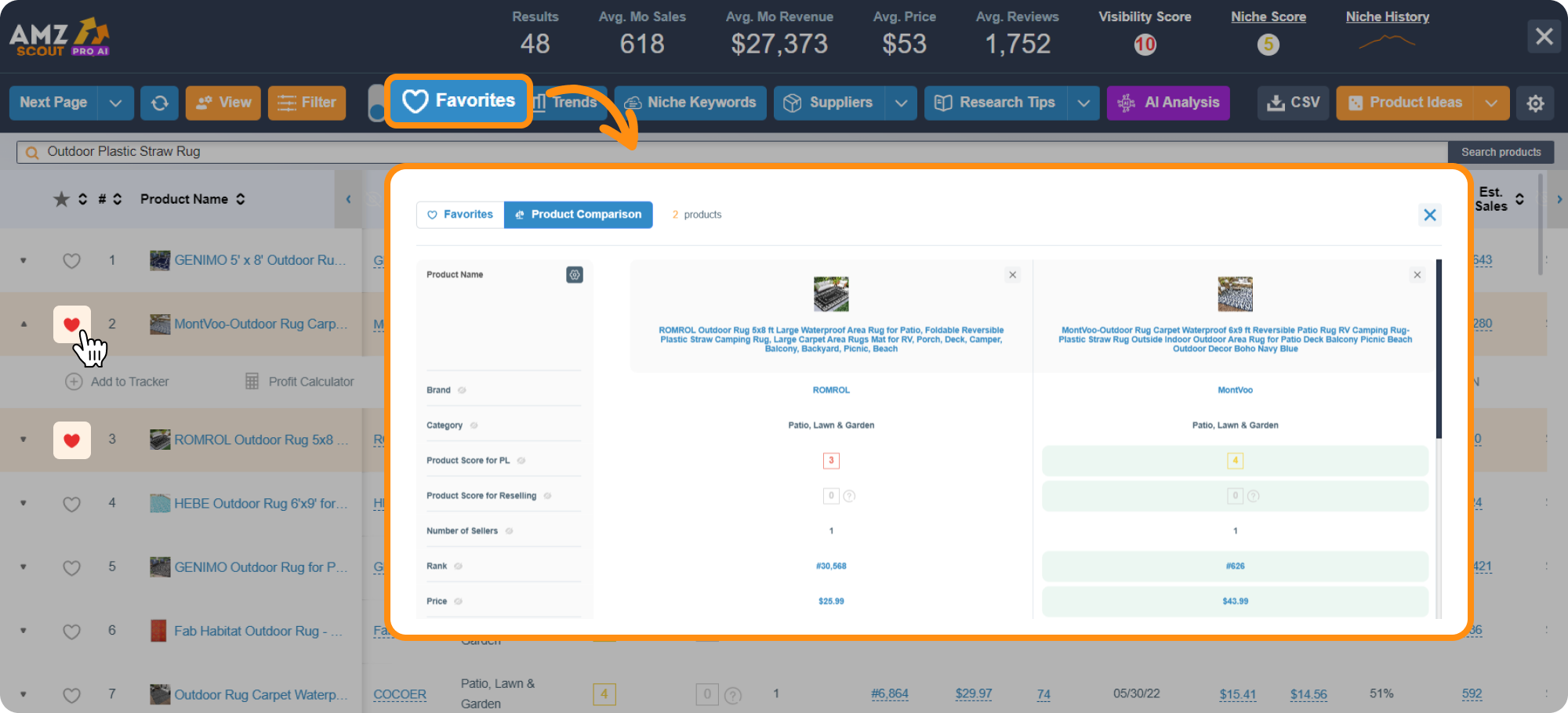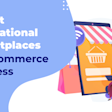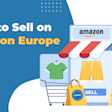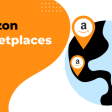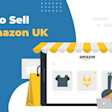
How to Sell on Amazon Australia: A Step-by-Step Guide
In 2024, Amazon accounted for nearly 10% of all online shopping in Australia. This share is projected to double by 2026, which creates significant opportunities for sellers. Notably, Amazon Australia welcomes both local and international sellers, allowing businesses worldwide to offer their products to Australian shoppers.
In this article, we explain how to sell on Amazon Australia, and provide practical tips to maximize your efficiency.
How to Start Selling on Amazon Australia
How to Start Selling on Amazon Australia
If you want to sell on Amazon Australia, the process is relatively simple, but implementing a solid strategy is essential for success. While the process may vary depending on your specific situation, there are six universal key steps all sellers need to follow. Let’s dive into each one in detail.
Step 1: Create an Amazon Seller Account
To begin selling on Amazon Australia, your first step is to set up an account. This process will depend on whether or not you already have an account.
If you're currently selling on Amazon.com with a Professional seller account, you can easily link it to Amazon Australia through the ‘Sell Globally’ feature in Seller Central. This allows you to manage your business across multiple regions from one central dashboard.
Note: If you're new to Amazon and plan to sell in both the U.S. and Australia, start by creating a unified account for North America and Brazil. Then, use the ‘Sell Globally’ dashboard in Seller Central to create your Australian seller account.
If you don’t yet have an account yet, follow these steps to register on Amazon Australia:
1. Choose your selling plan. Go to Amazon Australia and choose your selling plan. There are two options: Individual plan ($0.99/sale) and Professional ($49.95/month). The Professional plan is more cost-effective for those with higher sales.
2. Enter your business and personal information. Amazon will ask for details such as your business location and type (e.g., individual or company), store name, billing address, and other relevant information.
3. Upload required documents. If your business is located is in Australia, you’ll need to provide:
Proof of identity: A passport, driver’s license, or photo ID card. U.S. citizens can provide pictures of their passport or driver’s license and birth certificate.
Proof of address: A recent bank or credit card statement, no older than 180 days.
Note: Be sure to check the size and format requirements for these documents.
4. Pass verification. You’ll need to pass a verification process, which can be done in two ways:
Video call: Join a video call to verify your identity.
Instant Identity Verification: Upload a picture of yourself along with your ID document for quick verification.
Verification can take up to four business days. Once your account is approved, you’ll be able to log in and start setting up your store.
Step 2: Conduct Product Research
After setting up your Amazon seller account, the next important step is deciding what kinds of products you want to sell. With thousands of options available, it’s easy to feel overwhelmed. While methods like browsing Amazon’s bestseller lists, analyzing social media trends, or using tools like Google Trends can highlight popular items, they often lack the detailed data needed to make truly informed decisions, such as monthly sales or potential profit margins.
To help you identify profitable opportunities efficiently, it’s best to use dedicated analytical tools. The AMZScout toolkit is known for its intuitive interface and comprehensive insights to simplify the process of identifying lucrative products. This can be done in two steps:
Find Top Product Ideas
The AMZScout Product Database makes discovering product ideas effortless. With data on over 600 million products, it provides detailed insights to help you identify items quickly that meet your specific criteria.
Here’s how to use it:
1. Open the AMZScout Product Database. Enter your email address to start a free trial (no credit card info required).
2. Set your product parameters. There are 16 filters available to help you refine your search, with the universal ones being:
Category: Explore 24 diverse categories to find one that resonates with your passion.
Estimated monthly sales: Aim for products with at least 200 monthly sales to ensure they’re in demand.
Weight: Opt for compact, durable items under 5 lbs to simplify shipping and reduce storage costs.
Optional: Enable the "New and Trending" filter to see recently added, high-performing products.
3. Get your product ideas. Hit "Find Products" to generate a tailored list of potential winners. Explore the results and choose any products that spark your curiosity for deeper analysis.
Validate Your Product Ideas
AMZScout’s PRO AI Extension can greatly assist you in assessing a product’s profitability and potential. It offers in-depth insights, including performance metrics and competitor analysis so you can make smarter, data-driven decisions.
Here is how:
1. Install the AMZScout PRO AI extension.
2. Start your search. Use Amazon’s search bar to explore items you identified through the product database within the niche. For example, you could search for "kids' history books" to see what’s currently available. After searching, open the PRO AI Extension by clicking the icon in the bottom-left corner of the page.
3. Evaluate niche viability. The potential of a product often depends on its overall performance within a niche. Click the Niche Score in the top-right corner of the extension to evaluate the score, which is calculated based on a combination of demand, competition, and profit potential. A score above 7 generally indicates strong potential.
4. Analyze the product’s performance. If the niche appears promising, take a deeper look at individual products. Click on the Product History feature under a product you are interested in to examine trends in price and sales over time. A positive or stable trend suggests that the product has strong market potential and is less prone to significant sales fluctuations.
Optional: You can sort products by clicking on column names that represent crucial criteria: for instance, you can sort based metrics like “Estimated Sales” to identify top-performing items.
5. Check profitability. Use the Profit Calculator to determine whether a product is financially viable. Input estimated costs to calculate profit margins. A margin above 20% is a good benchmark, as this allows room for advertising expenses and reinvestment.
Optional: Save promising products to analyze further. Use the heart icon next to the item to save the ones with high potential. This adds them to your “Favorites” list, which gives you easy access for further evaluation.
6. Evaluate the competition. When analyzing products, pay close attention to the following columns to gauge competition:
Number of Sellers: Look for products with 2-15 sellers to ensure that the competition is reasonable.
Seller Type: Avoid listings where Amazon itself is a seller, as they can dominate the market.
Available From: Check how long successful products have been available to understand their longevity.
Number of Reviews: Review counts can indicate the level of customer engagement and competition.
7. Analyze product potential with AI insights. Click on AI Product Analysis under the product to view a detailed overview of a product’s strengths and weaknesses. This way, you can assess how well the product aligns with your business goals and evaluate whether any challenges are manageable.
8. Finalize your product selection. Once you've compiled a short list of potential products, you can access them by clicking on the Favorites tab in the PRO AI Extension window. Then, click “Product Comparison” in the left corner to compare side-by-side key metrics like demand, competition, profitability, and more. This will help you identify the products that best align with your store with confidence.
By following these steps, you can streamline your research process and identify products with the highest potential for success efficiently. This approach will help you build a strong foundation for your Amazon business and set the stage for sustainable growth.
Step 3: Source Products
Once you determine which products you want to sell, your next important step is sourcing them. Your method will depend on your particular business model and goals, with a few key options available. You can source your products from:
Distributors or brand owners: This usually involves placing a bulk order, which can result in lower prices per product, but your upfront cost might be higher.
Online marketplaces: Platforms like Alibaba offer a wide range of products at competitive prices. You can also use the Find on Alibaba feature in the AMZScout PRO AI extension to simplify your search.
Offline stores and outlets: While these are ideal for sourcing local or niche products, these types of items can also make it harder to scale your profits as your business grows.
Liquidation sites and auctions: These platforms offer discounted products, but it’s essential to inspect the condition of the goods carefully to avoid any surprises.
When sourcing products, be sure to review the supplier's contract carefully (focusing on details like MOQ, return policy, and warranties), and always check customer reviews to avoid surprises. For tips on finding the right supplier, check out this guide.
Once you select a supplier, you need to arrange for reliable shipping (either to your home or Amazon’s FBA centers) and consider adding insurance to safeguard your products during transit.
With your sourcing strategy chosen and a secure shipping plan in place, you’re ready to take the next step and list your products on Amazon.
Step 4: List Your Product
The way in which you list a product on Amazon depends on whether it already exists in the marketplace. If the product is already listed, you can join the existing listing through your Amazon Seller Central account by matching your product to the existing ASIN.
If your product is new to Amazon, you’ll need to create a listing from scratch. Focus on the following e key elements:
Title: Make it catchy and descriptive, and incorporate your most relevant keywords.
Bullet points: Keep them clear and highlight the key features that set your product apart.
Description: Use engaging language to emphasize the product's benefits and show how your product can add value to the buyer’s life.
Backend keywords: Don’t overlook these hidden terms—they’re essential for improving your product’s discoverability in searches.
Optimizing these elements requires a mix of creativity and strategy. It’s all about balancing friendly, engaging text with the right keywords, while also staying within Amazon’s formatting guidelines.
These things can take time, but the AMZScout Keyword Search can speed up the process. This tool helps you identify high-performing keywords, while the AI Listing Builder integrates them effortlessly into your text.
Now that your listing is polished and ready to shine, one last step remains: deciding on your fulfillment method. This choice can have a big impact on your operations, so we’ll break it down in the next section.
Step 5: Pick Your Fulfillment Option
When selling on Amazon, choosing the right fulfillment method is essential to ensure smooth operations and customer satisfaction. There are two primary options to consider: Fulfillment by Amazon (FBA) and Fulfillment by Merchant (FBM).
Fulfillment by Amazon (FBA)
With FBA, once you send your products to Amazon’s fulfillment centers, they handle everything, including storage, packing, customer service, and returns. FBA provides benefits like Amazon Prime eligibility, which attracts more customers, increased visibility in search results, and fast delivery, all of which make your products more appealing to shoppers. However, keep in mind that Amazon also charges fees for these services, so it’s crucial to ensure that your products are profitable enough to cover these costs.
Note: International sellers can still use FBA by shipping their products to Amazon’s FBA centers in Australia, so they can take advantage of the same benefits.
Fulfillment by Merchant (FBM)
With FBM, you have full control over the fulfillment process, from receiving orders to shipping them out to customers. This option is ideal for certain types of product, such as seasonal or fragile items that may present challenges with FBA, or if you find a more cost-effective shipping solution. However, this method also requires more time and effort, especially during peak seasons.
After selecting your fulfillment method, you can save your product listing, and once it’s approved, it will go live. The next important step is marketing—without it, your product may get lost among the millions of items on Amazon.
Step 6: Market Your Product
After listing your products on Amazon Australia, you’ll need to implement an effective marketing strategy. There are two main approaches to consider: external advertising (like social media) and Amazon's own advertising platform (PPC).
Amazon PPC (Pay-Per-Click) Advertising
Amazon’s PPC advertising allows you to promote your products directly on the platform to increase visibility. Depending on your goals, whether you're advertising multiple products or just one, and your business model, (such as reselling or being a brand owner), there are various ad formats to choose from.
The more closely your ads align with your target audience, the higher your chances will be of making a sale. When managed effectively, PPC campaigns can boost both your visibility and sales significantly. Consider using this guide to learn how to optimize your PPC campaigns efficiently for maximum results.
External Advertising
To expand your reach, you can also invest in external advertising. If you have your own brand, consider registering for Amazon’s DSP (Demand-Side Platform) program. This allows you to display ads on external sites, driving traffic directly to your Amazon listings.
Additionally, social media platforms like Facebook and Instagram can help you tap into wider audiences. Collaborating with bloggers and influencers in your niche can further boost visibility and attract potential customers to your Amazon store.
By integrating both external marketing and Amazon’s internal advertising tools, you can create a powerful, multi-channel strategy that attracts more customers and improves your success on Amazon Australia.
Conclusion
Building an efficient Amazon business requires paying close attention to various factors, with product selection and effective marketing being crucial elements. To optimize these processes, consider using the AMZScout toolkit to identify the best items to sell and enhance your product visibility. This approach will help you enhance your sales performance and pave the way for long-term success.
